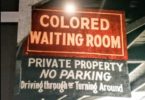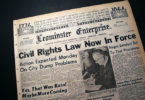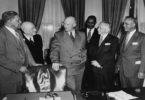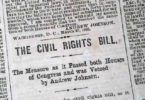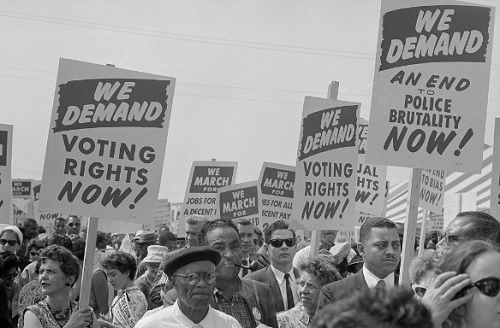
On August 6, 1965 President Lyndon B. Johnson signed the Voting Rights Act. This law was needed because federal anti-discrimination law enacted in previous acts was not strong enough to prevail over the resistance of southern state officials to apply the 15th Amendment.
The Fifteenth Amendment
Neither the Constitution nor the Bill of Rights guarantees the right to vote so in 1870 congress ratified the 15th Amendment. Section One states that “The right of citizens of the United States to vote shall not be denied or abridged by the United States or by any State on account of race, color, or previous condition of servitude.” Section Two gives Congress the power to enforce voting rights by appropriate legislation.
Civil Rights Acts
Since the 15th Amendment was ratified African Americans in the South were denied the right to vote, discriminatory practices such as literacy tests and opportunistic tactics were used to prevent blacks from registering and voting. Previous efforts to legislate voting rights such as the Civil Rights Act of 1957 and 1964 failed to eliminate these obstructions. The case by case litigation established in the 1964 Civil Rights Act proved overwhelming to enforce.
Civil Rights Movement
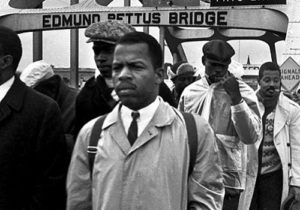
John Lewis from the Student Non Violent Coordinating Committee (SNCC) marching across the Edmund Pettus Bridge during the voting rights campaign in Selma.
In 1962 the Voter Education Project (VEP) was founded with the financial support of the Federal government. Its objective was to increase voter registration in the African American community. Members of the NAACP, SNCC, CORE, SCLC organized many voter registration drives but the largest was the Freedom Summer Project in Mississippi where registration was discouraging despite of all efforts. The Freedom Summer Project established 50 Freedom Schools to provide remedial education for the young and programs at community centers to educate adults about voting. Organizers encountered a wave of discrimination and violence that ended the lives of three CORE workers.
In 1964 Martin Luther King led a voting rights campaign in Selma. During the march from Selma to Montgomery across the Edmund Pettus Bridge protesters were brutally attacked by Alabama troopers in an incident known as “Bloody Sunday”. The incident precipitated the passage of the Voting Rights Act by President Johnson.
Voting Rights Act
The Voting Rights Act of 1965 passed the Senate by majority vote of 78 to 18 and Congress by 333 to 85 votes. The main provisions:
- Outlawed educational requirements for voting in states or counties.
- Empowered the attorney general to have the Civil Service Commission assign federal registrars to enrol voters.
- The federal district court in Washington DC should approve all changes in voting procedures in the affected jurisdictions for the next ten years and permitted the court to lift the provisions when a state proved it had not discriminated within ten years.
As a result of the enforcement of the Voting Act African American voter registration soared in the South. In Mississippi voter turnout increased from 6% in 1964 to 59% in 1969.
The act was renewed in 1970, 1975 and 1982, 1992 and 2006.

